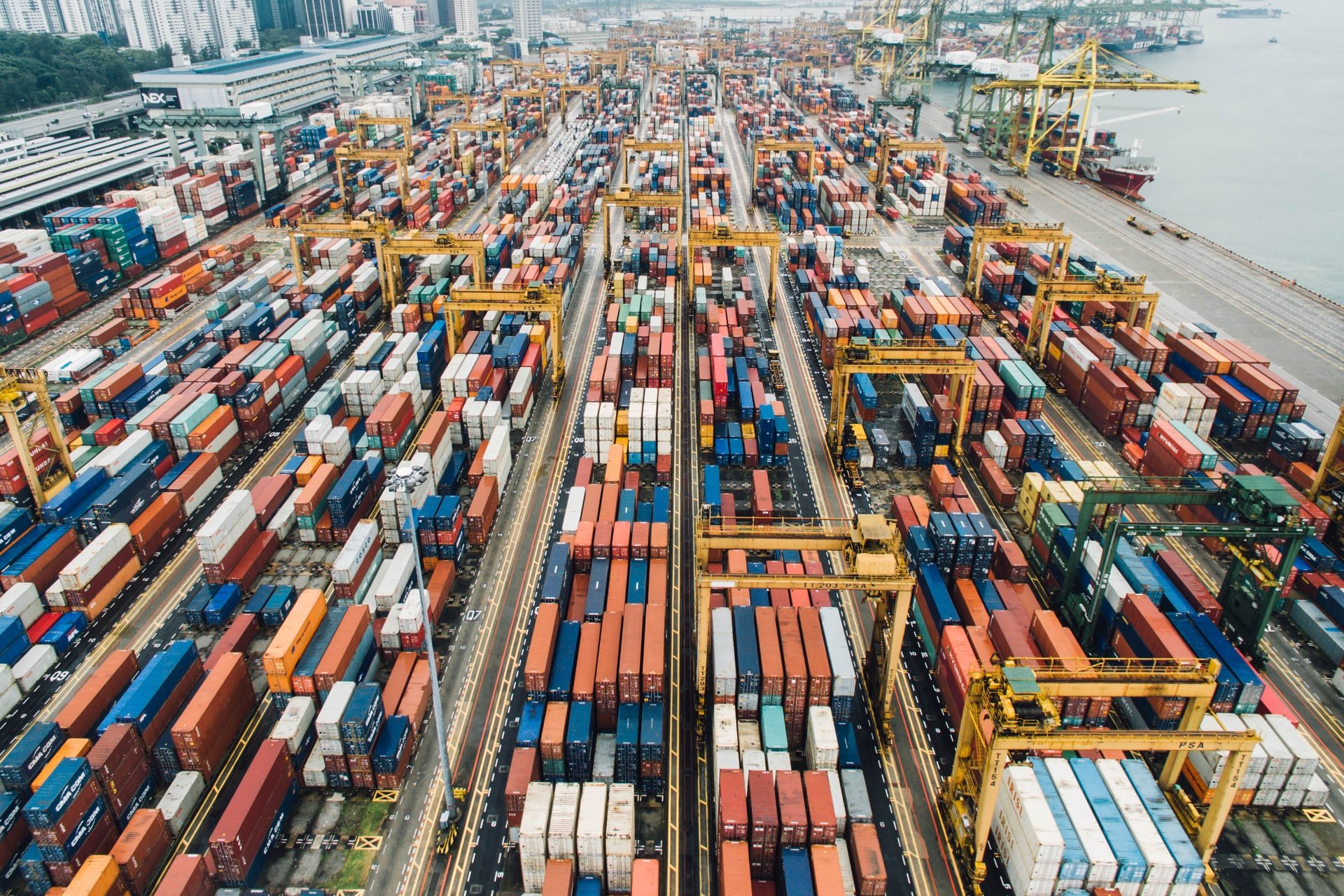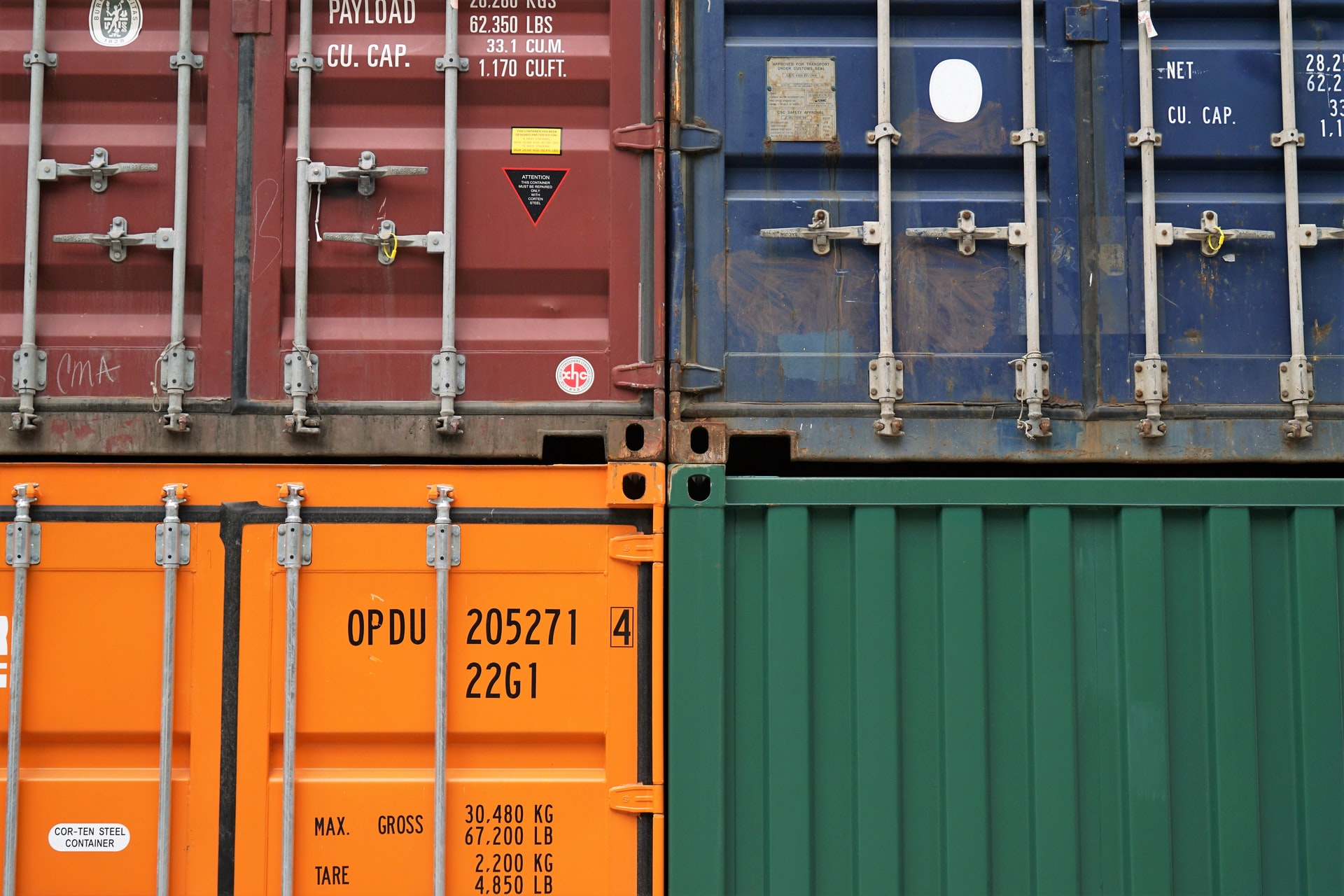
Full of heavy machinery, trucks, cranes, ships, and movement, the logistics industry is a hotspot for dangerous levels of environmental noise. This not only threatens the hearing and health of workers, but it also exposes companies to complaints from communities and legal action being taken by action local authorities. There are a number of ways noise can be managed and mitigated in logistics, reducing the likelihood of both health and legal problems arising, and operations being stifled.
First thing’s first: conducting a noise impact assessment
The first step to understanding the exact extent of the impact of noise in any environment is by conducting a noise impact assessment. Any good acoustic consultancy firm can, using accredited testing methods, provide a detailed report and visualizations of the distribution of noise throughout a site. These visualizations of noise measurements are presented as 3D digital models that are color coded according to noise intensity. Once it is established where it is precisely that noise levels are problematic (or could be in the future), corrective or proactive measures can be taken to minimize risk of disruption and/or harm being inflicted onto workers.

Reducing noise in sensitive areas
With all the moving parts that there are in freight transport and logistics, it can be difficult to act appropriately on all types of noise sources. Versatile noise control solutions are often required. While heavy noise barriers made from concrete or wood are capable of massive amounts of noise mitigation, they cause the new dilemma of reflected sound, putting workers at a potentially higher risk of dangerous levels of noise exposure. What is required is a material that absorbs noise that can also adapt to dynamic worksites, where the means of noise mitigation is mobile and functional.
Adaptable noise barrier systems
Echo Barriers are the market-leading portable noise control solution, providing users with temporary acoustic screening wherever necessary. The barriers’ modularity give the ability to quickly and easily build a sound barrier of almost any shape or size required, while their durability and weatherproof design mean they can withstand the toughest climates and locations.

